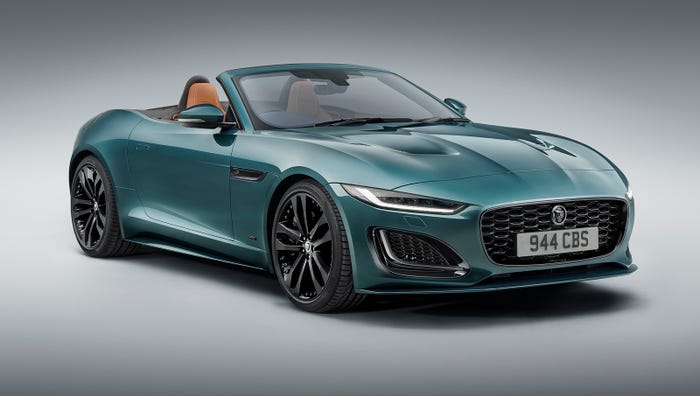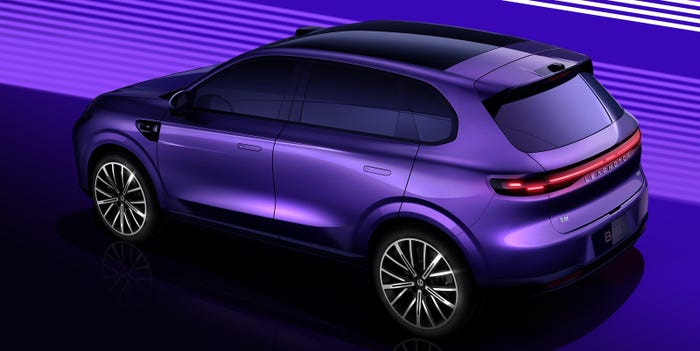Big MBUX: Mercedes-Benz's Dashboard-Wrapping Screen
The curved MBUX Hyperscreen comprises one piece of glass with three screens, 12 actuators for haptic feedback and a new way of getting drivers the information they need while driving.
January 12, 2021

Moving CES to an all-virtual format hasn't discouraged automakers from breaking out their biggest tech news. Especially when that news is about screen size.
Mercedes reveals a new dashboard-wrapping screen for its MBUX infotainment system at the all-digital CES this week. Called the MBUX Hyperscreen, this curved display comprises one piece of glass with three screens, 12 actuators for haptic feedback and a new way of getting drivers the information they need while driving.
Mercedes is not the only automaker that thinks drivers will cotton to a screen the size of the whole dashboard. The financially troubled Chinese start-up Byton uses a wide mirror-to-mirror screen in its upcoming battery-electric M-Byte SUV.
Mercedes still has bragging rights, though. The M-Byte screen is 48 ins. (122 cm) across, compared to 56 ins. (142 cm) for the new MBUX glass.
The German automaker has a history with MBUX at CES. The infotainment system was introduced to the world at the show in Las Vegas in 2018 before debuting on the A-Class later that year.
Today, there are more than 1.8 million Mercedes-Benz passenger cars with MBUX on the road around the world. The most recent generation arrived in September with the new S-Class, and the first production vehicle with the MBUX Hyperscreen will be the upcoming battery-electric EQS.
When it arrives, the MBUX Hyperscreen will be the biggest dashboard glass ever installed in a production Mercedes vehicle.
There’s more to the news than screen real estate. Another notable feature of the MBUX Hyperscreen is its “zero-layer” user interface.
While the navigation map (below) is always visible, the AI-based controller that manages the zero-layer technology makes what it deems important – apps, vehicle functions, infotainment or climate controls – available in a way that’s easy for the driver to see.
The navigation system also will continuously update the driver about the road and charging situations. Despite our collective muscle memory for clicking through sub-menus on our phones and computers, Mercedes is confident you won’t miss complicated menu structures when you’re driving.

CES 2021 embed tag (004)
“The system knows what you want and need,” says Sajjad Khan, CTO and member of the Board of Management for Mercedes-Benz AG. “The system learns with AI and adds more individual functions on the top as they are required or places them in the background if they are not being used.”Vera Schmidt, head of Mercedes-Benz advanced digital design, calls the MBUX Hyperscreen “the jewel of the interior” and says its real value lies in intuitive usability based on the system’s clear and simplified design.
This applies to the passengers as well, especially the front passenger, who gets a “co-driver display” that shows relevant driving information as well as less crucial data such as online movies or live TV (depending on the market and regulations).

MBUX hyperscreen
Mercedes says a camera-based system prevents the driver from watching moving pictures while the car is in motion.
Finally, Mercedes is introducing a new feature that, for now, is being called Mercedes Travel Knowledge.
Vehicle occupants can ask the car about nearby buildings or landmarks by asking simple questions like “Hey Mercedes, what building is that?”
The car will provide answers in most of the world’s major cities, Khan says, but that’s not necessarily the most important thing Mercedes is working on to get the technology ready for launch.
“You can believe me that our marketing is already working on a fancier name,” Khan says.

MBUX Hyperscreen map
About the Author
You May Also Like



